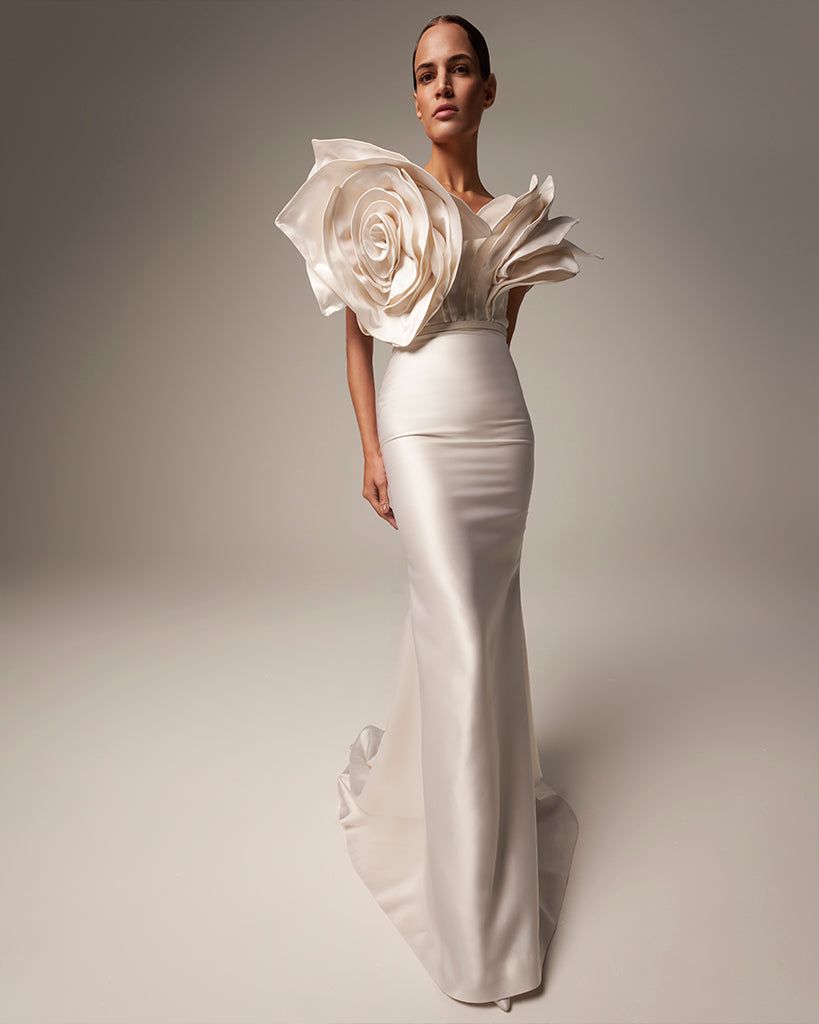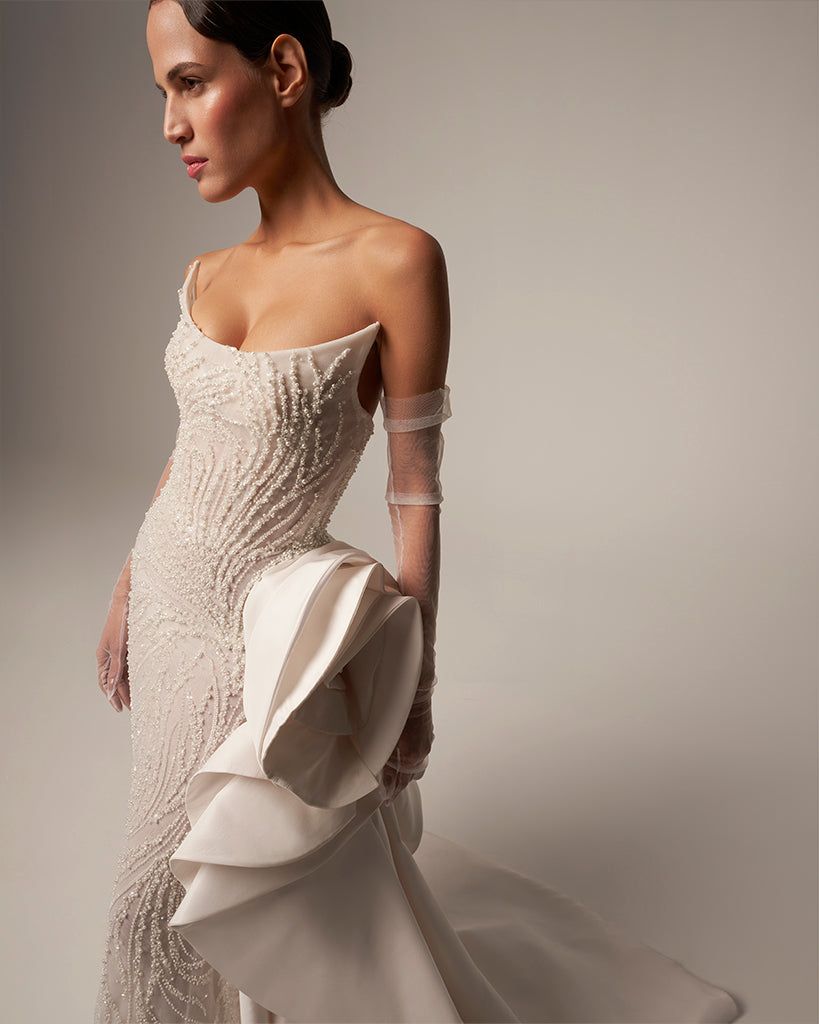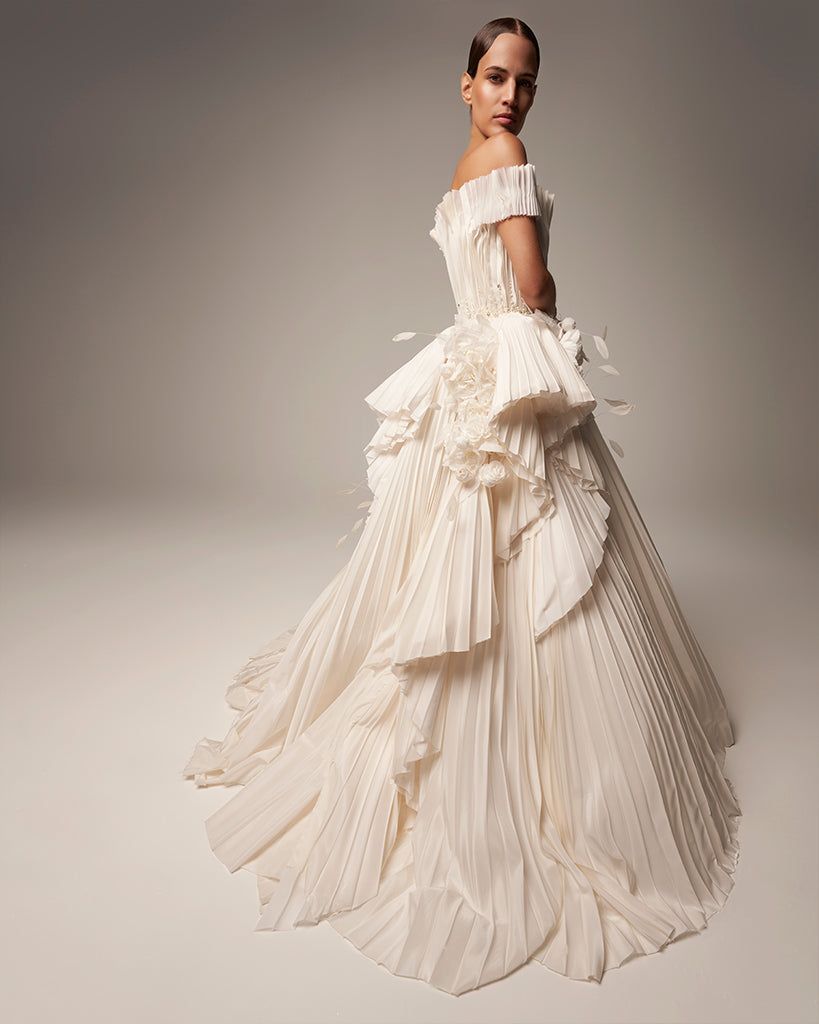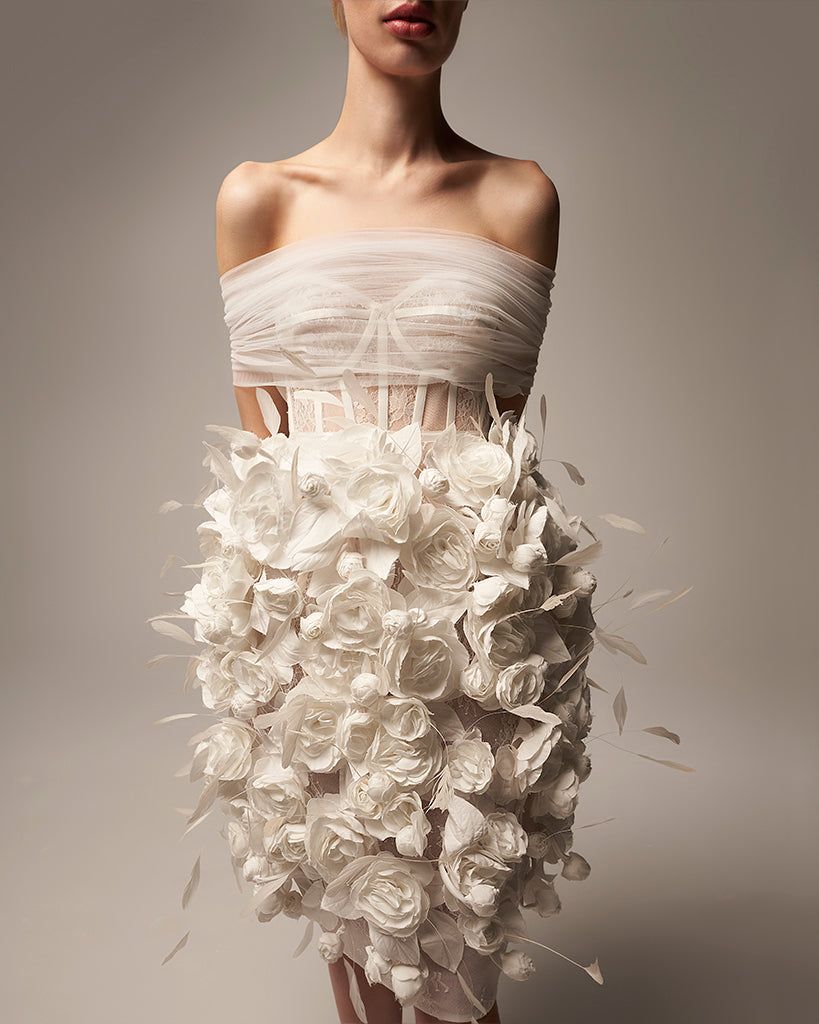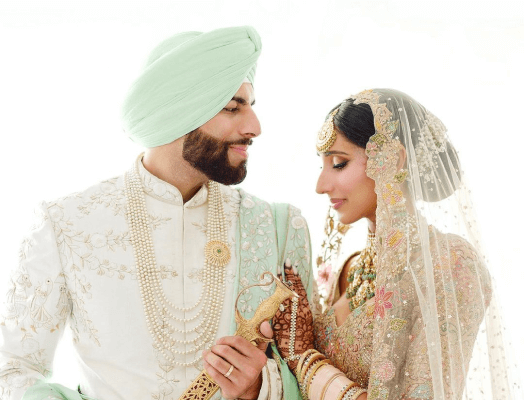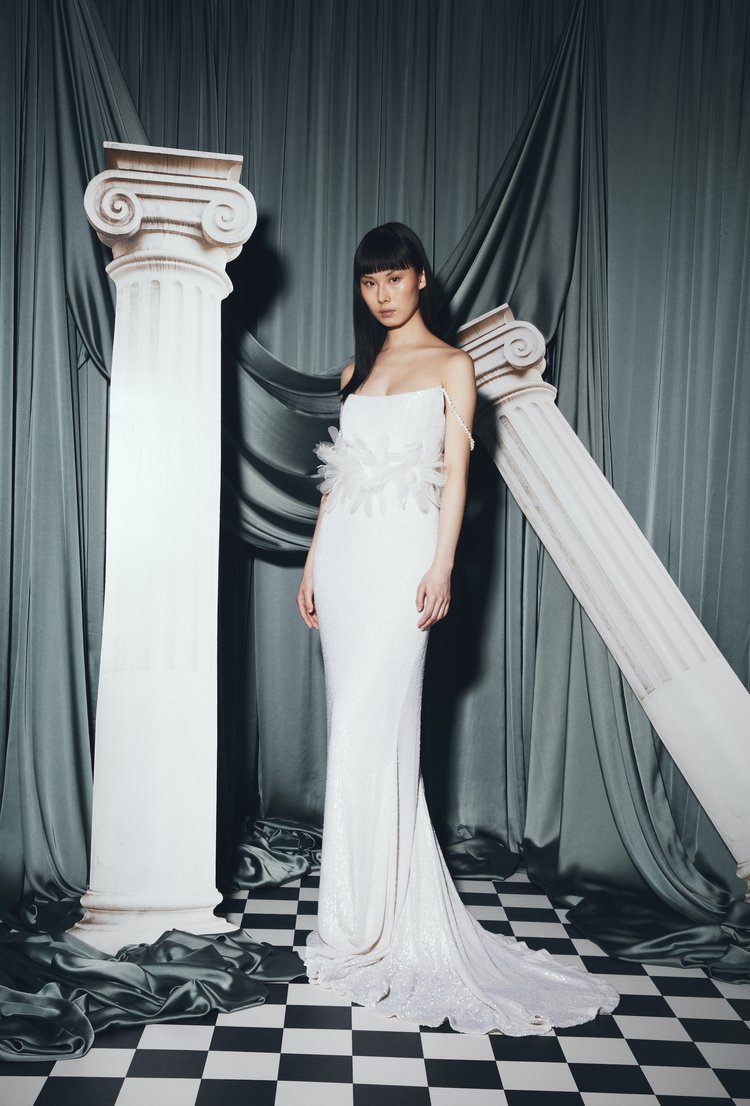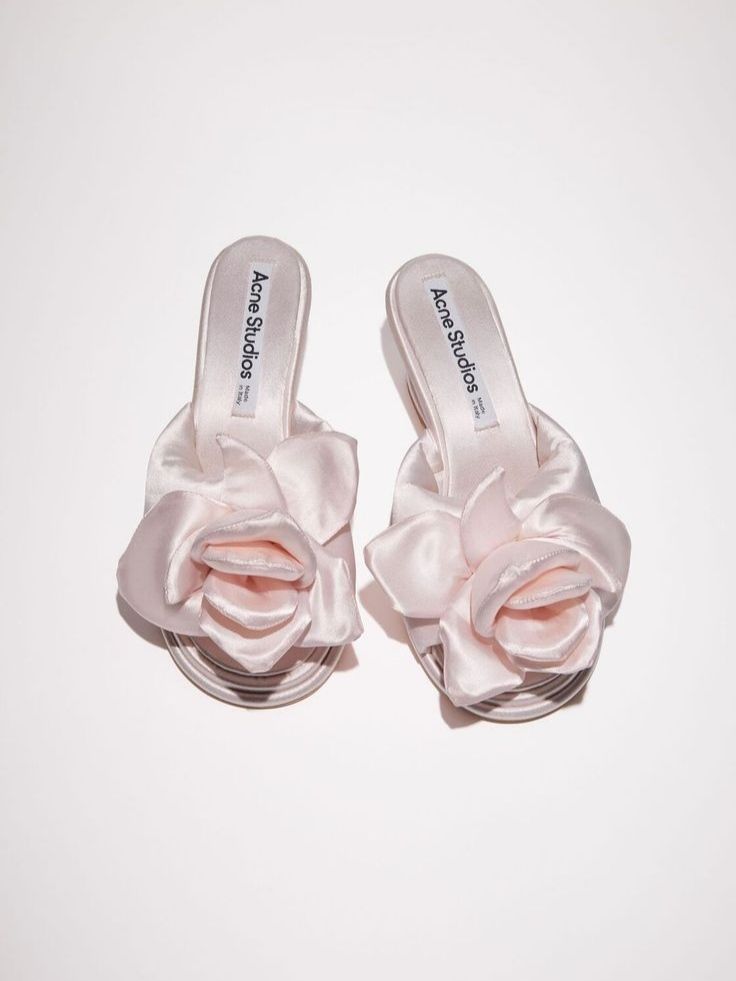Paris Fashion Air: The Future of Fashion with Bridal Inspirations
- Author: Natali Grace Levine
- Reading time: 10 min 13 sec
- Publication date: 10/03/2024
- Updated: 01/08/2025
Paris Fashion Air is a groundbreaking fashion event that redefines the traditional runway experience, blending cutting-edge technology, sustainability, and high fashion in an unprecedented way. As the fashion industry continues to evolve, Paris Fashion Air 2024 stands at the forefront of this change, offering a glimpse into the future of fashion presentation and design.
Find Your Perfect Wedding Vendors
What is Paris Fashion Air?
Unlike traditional fashion weeks, Paris Fashion Air takes place entirely in a virtual space, offering an immersive digital experience that pushes the boundaries of how fashion can be showcased. This new format allows designers to break free from the limitations of physical runways and explore new, innovative ways to present their collections. The event is accessible globally, giving fashion enthusiasts, buyers, and influencers from all over the world the opportunity to experience the latest trends without the need for travel.
This virtual fashion event combines high-quality 3D models, augmented reality (AR), and virtual reality (VR) elements to create a fully interactive environment. Paris Fashion Air features shows where users can interact with digital garments, view collections from 360-degree perspectives, and even try on virtual pieces through AR technology.
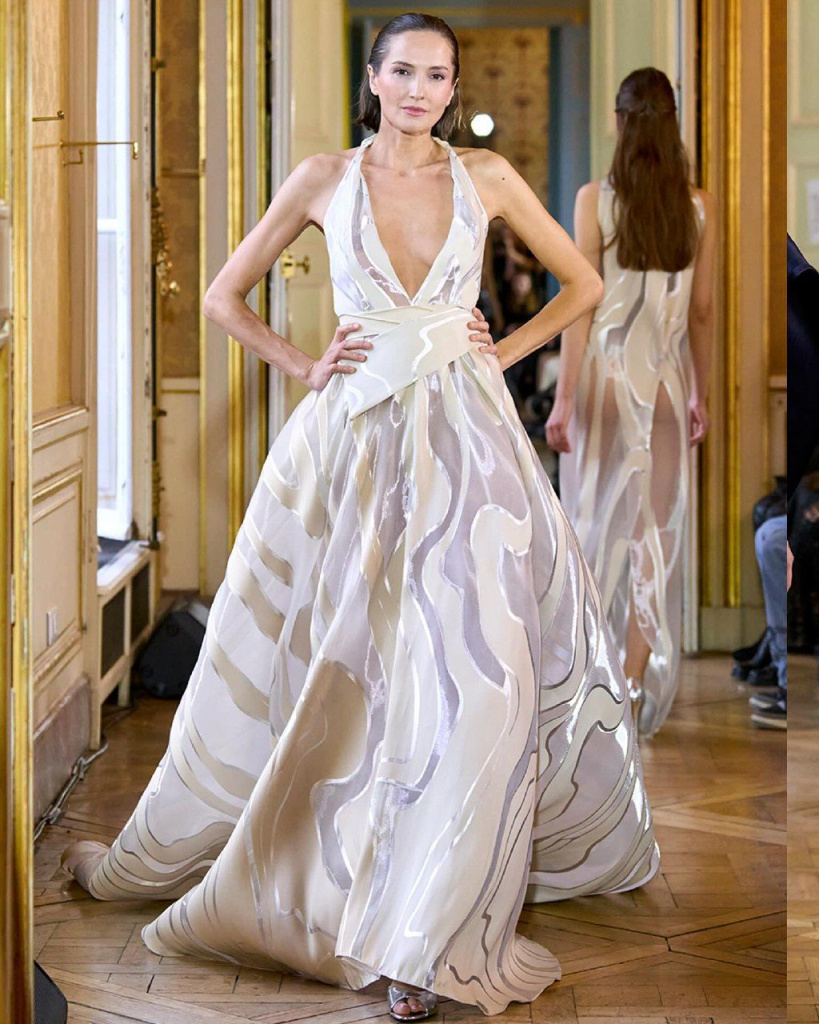
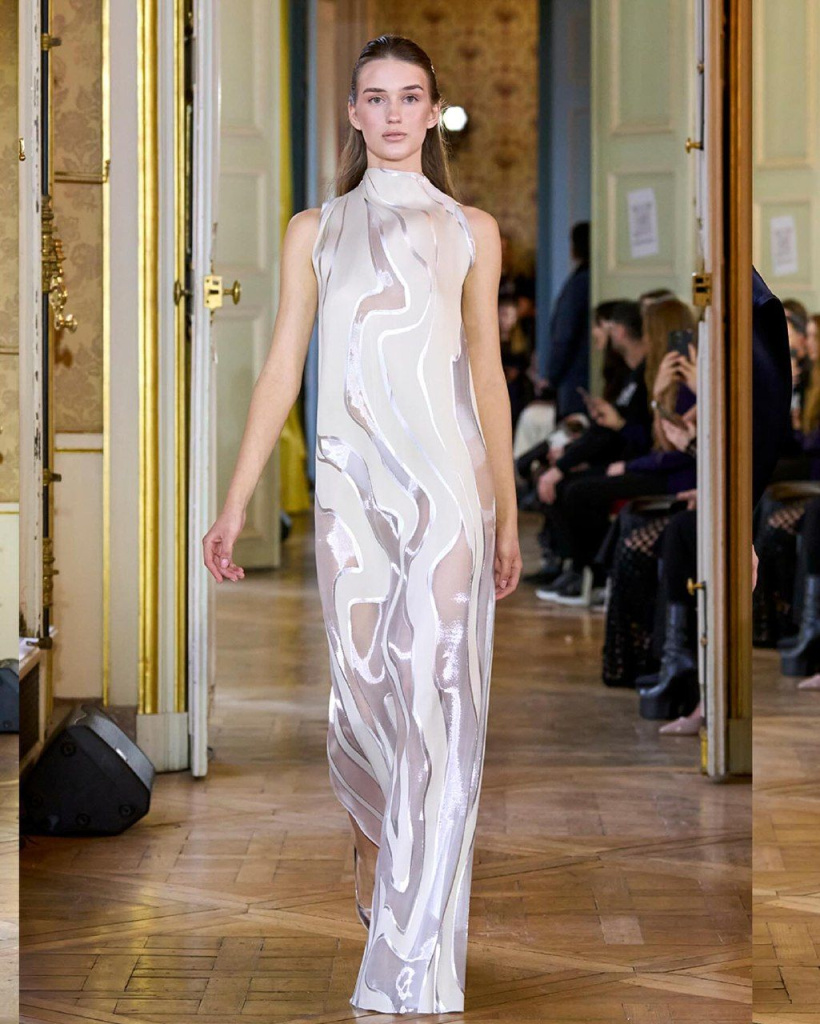
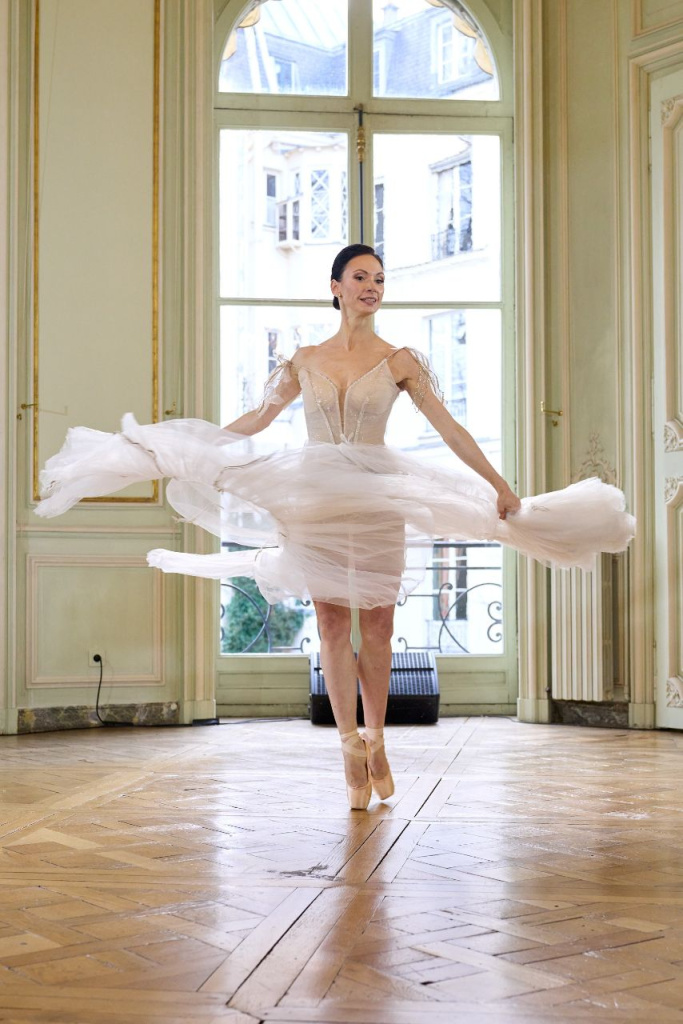
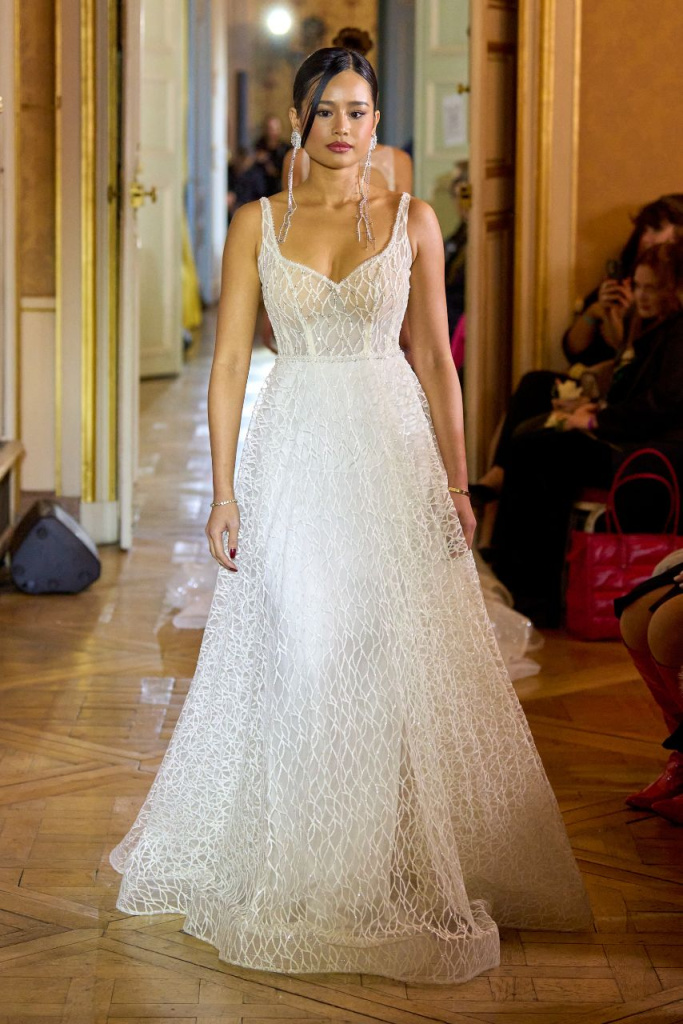
Sustainability and Ethical Fashion at Paris Fashion Air
A key focus of Paris Fashion Air is sustainability. In an industry known for its environmental impact, this virtual fashion event offers a more sustainable alternative to traditional fashion weeks, which often require extensive travel, production, and material use. By moving the event into a digital space, Paris Fashion Air eliminates many of the carbon emissions associated with physical shows, reducing the fashion industry's ecological footprint.
Many designers participating in Paris Fashion Air are also committed to ethical fashion, showcasing collections made from sustainable materials, upcycled fabrics, and eco-friendly processes. This emphasis on sustainability extends to the virtual format itself, as the lack of physical production required for the event means fewer resources are consumed overall.
Key Features of Paris Fashion Air
1. Virtual Runways
- The centerpiece of Paris Fashion Air is its virtual runway shows, where designers present their collections in fully customizable digital environments. These runways can be anything from futuristic cityscapes to fantastical dreamscapes, offering a level of creativity and immersion that goes beyond the traditional catwalk.
- Designers are no longer limited by physical constraints, allowing for garments that defy the laws of physics—floating dresses, dynamic fabrics that change color with movement, or accessories that react to the viewer’s gaze. This opens up new possibilities for fashion design, where imagination is the only limit.
2. Augmented Reality Shopping
- A unique feature of Paris Fashion Air is its integration of augmented reality shopping. After watching a show, users can immediately try on pieces from the collection using AR technology. This feature allows users to see how the garments would look on their own bodies, creating a more personalized and engaging shopping experience.
- This direct-to-consumer approach also helps brands to reduce overproduction, as users can pre-order items in real time, providing designers with instant feedback on which pieces are most in demand. This system helps reduce waste, as designers can produce garments based on actual demand rather than speculative mass production.
3. Digital-Only Fashion
- Another exciting aspect of Paris Fashion Air is the rise of digital-only fashion. Many designers are now creating garments that exist solely in the virtual world, intended for use in digital spaces like social media, gaming, or virtual reality platforms. These digital garments can be purchased, worn by digital avatars, or even traded as NFTs (non-fungible tokens), opening up new revenue streams for designers.
- Digital fashion not only eliminates the environmental costs of producing physical garments but also allows for unprecedented levels of creativity. Designers can experiment with fabrics, textures, and shapes that would be impossible to achieve in the real world, creating garments that push the boundaries of what fashion can be.
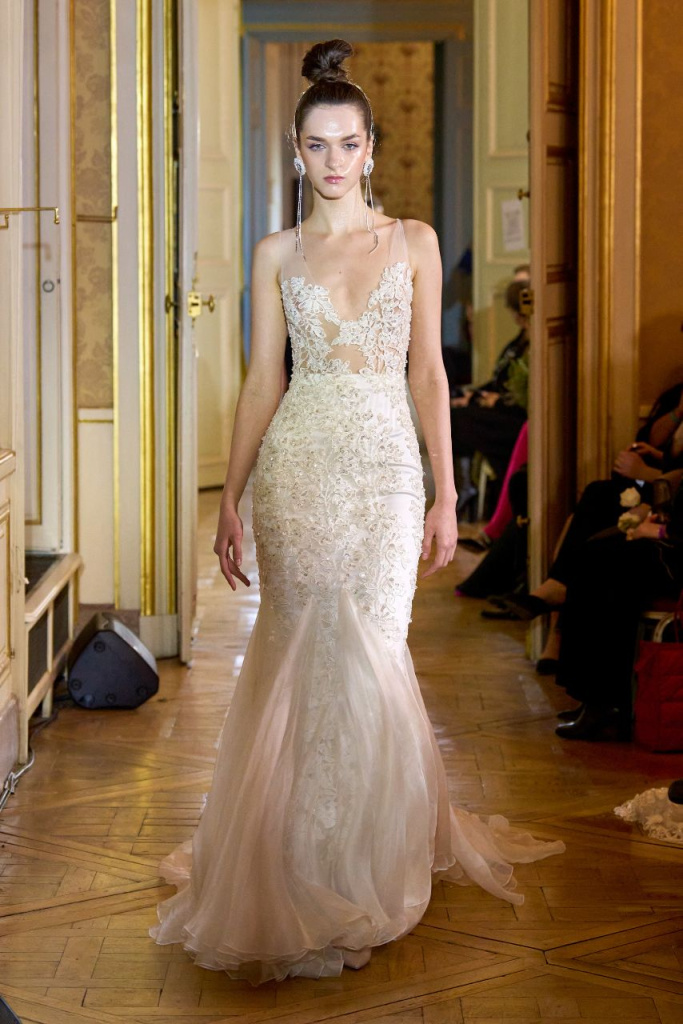
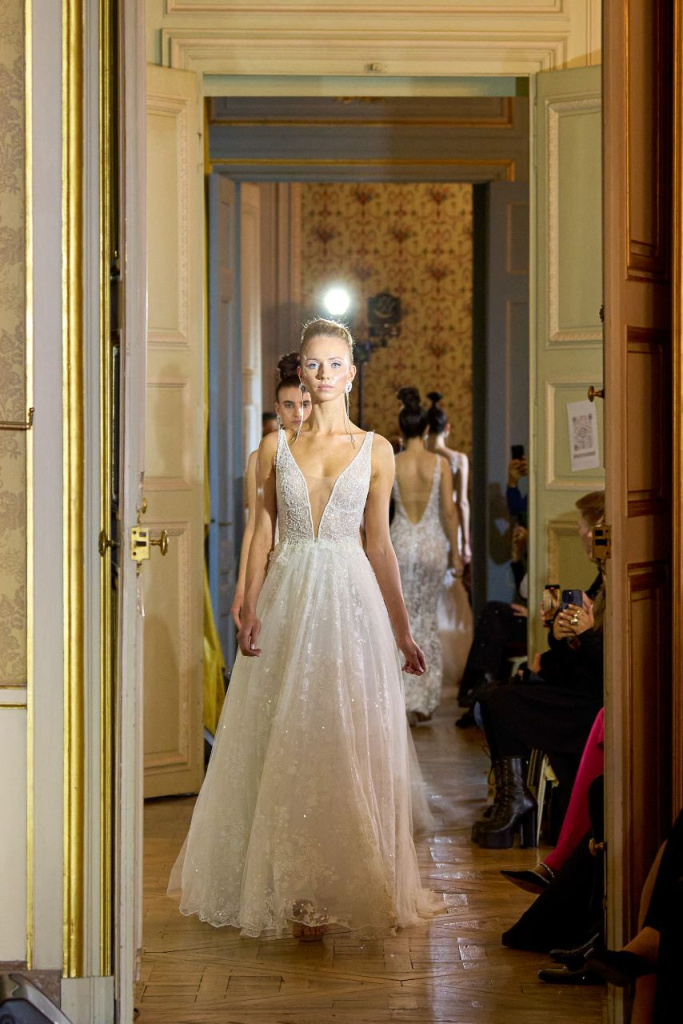
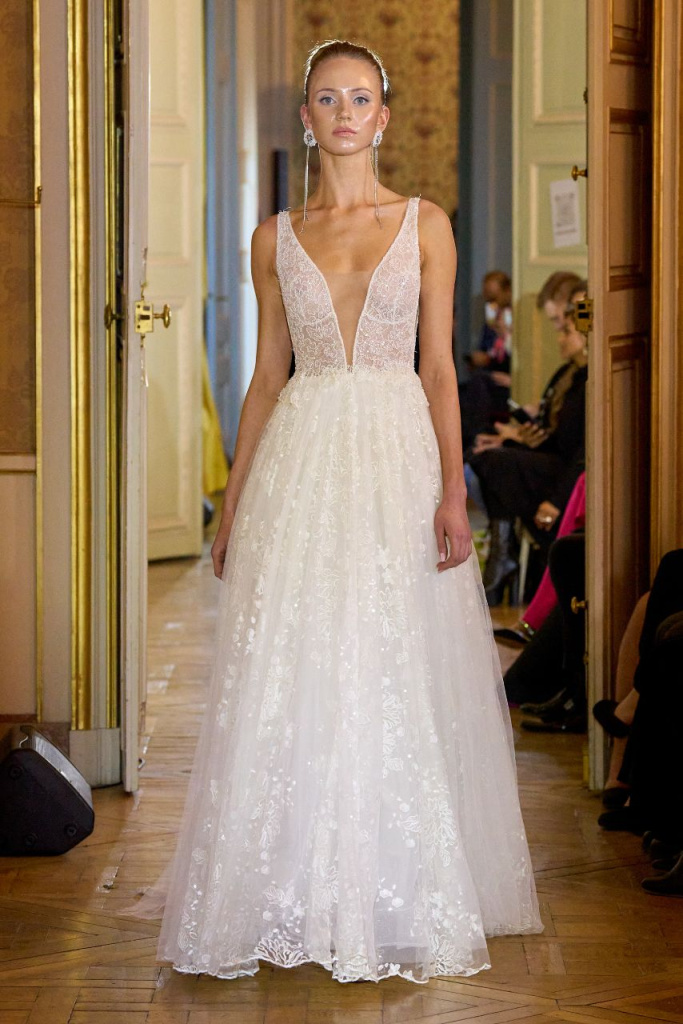
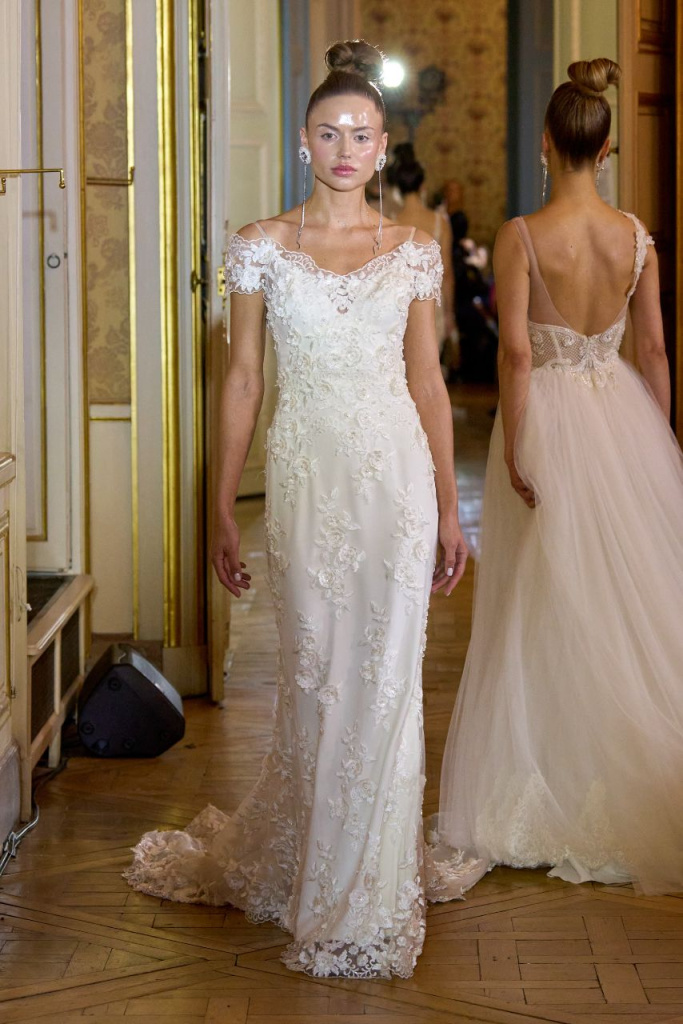
Inclusivity and Global Accessibility
One of the core values of Paris Fashion Air is inclusivity. By hosting the event online, the barriers that often exist in the fashion world—such as exclusivity and geographic limitations—are removed. Anyone with an internet connection can access the event, making it one of the most democratic fashion experiences ever created.
This global accessibility is especially important in a post-pandemic world, where traditional fashion weeks have struggled to maintain relevance. Paris Fashion Air allows designers to reach a broader, more diverse audience than ever before, breaking down the elitist barriers that have long defined the fashion industry.
The Future of Fashion Shows
Paris Fashion Air signals a new era in the way fashion is presented, consumed, and produced. As virtual and augmented reality technologies continue to advance, we can expect to see more events like this, where the physical and digital worlds converge to create something entirely new. The success of Paris Fashion Air demonstrates that virtual fashion shows are not just a temporary solution but a glimpse into the future of the industry.
As sustainability becomes more critical and consumer behavior shifts toward digital experiences, the fashion industry will need to adapt. Paris Fashion Air offers a compelling vision of how this adaptation might unfold—through innovative digital spaces, sustainable practices, and a more inclusive, accessible fashion world.
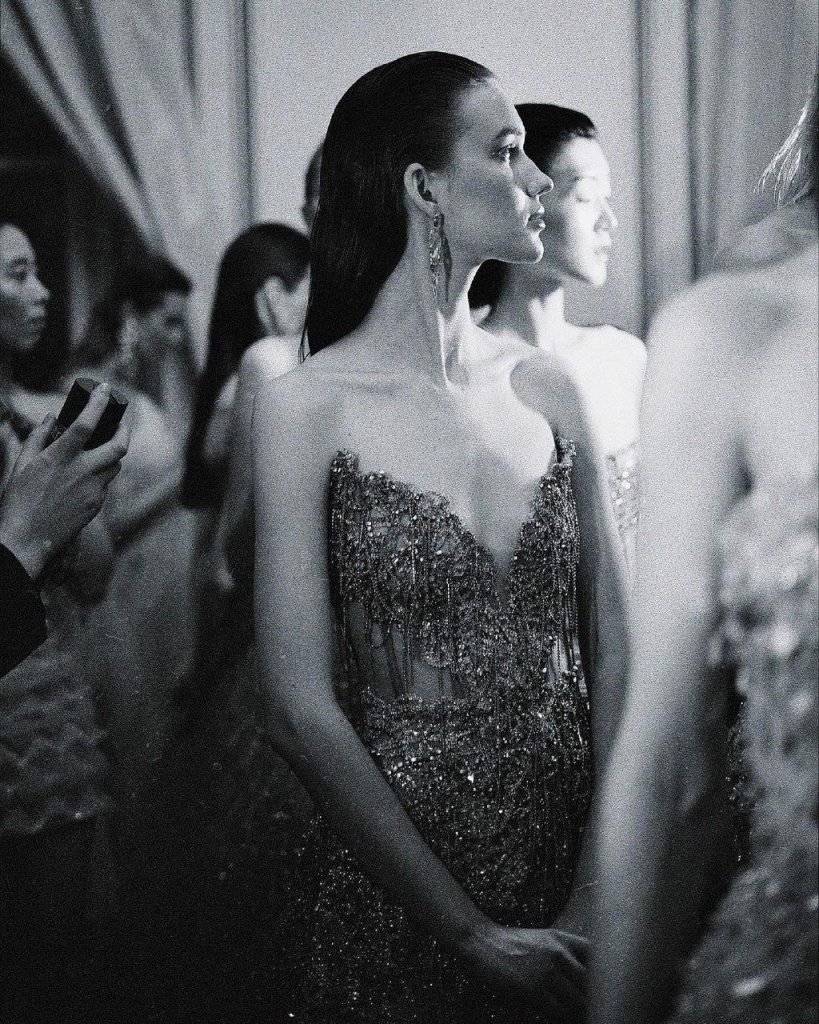
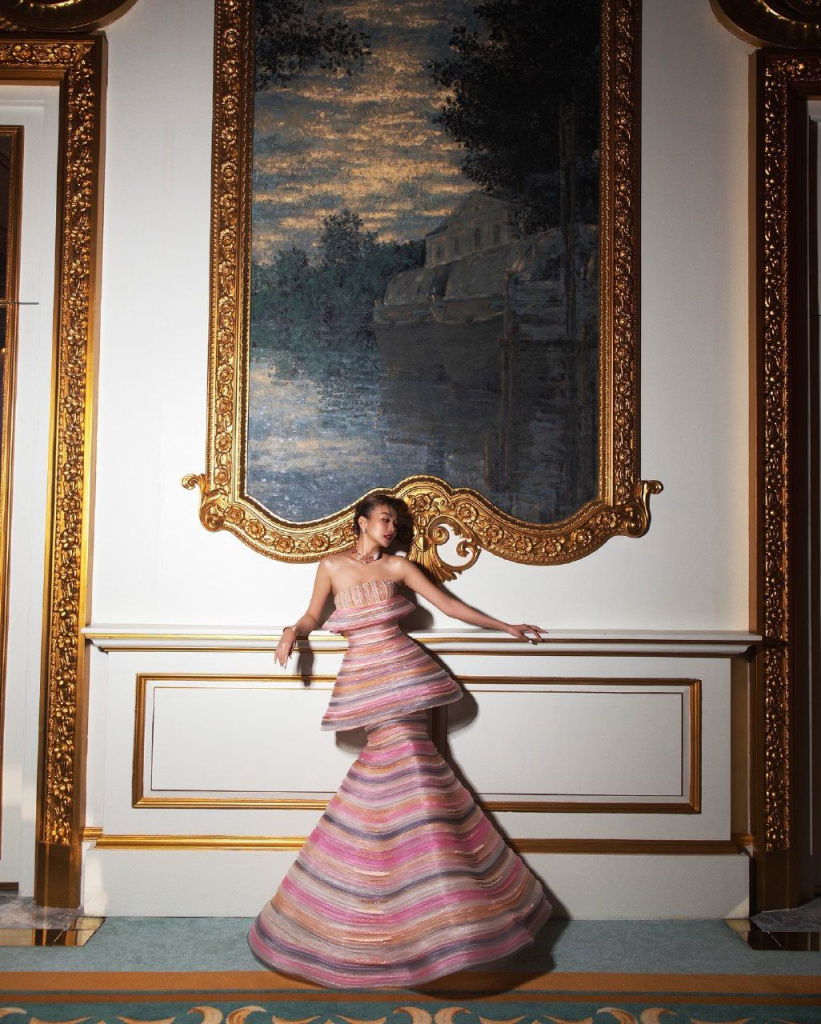
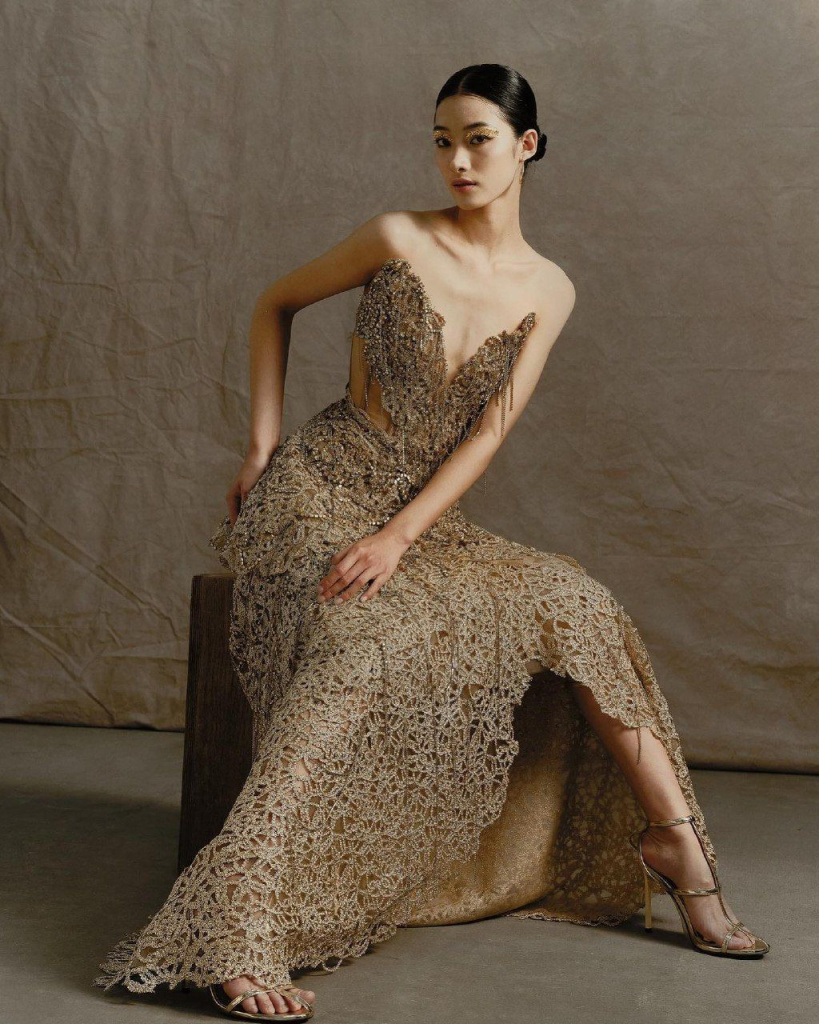
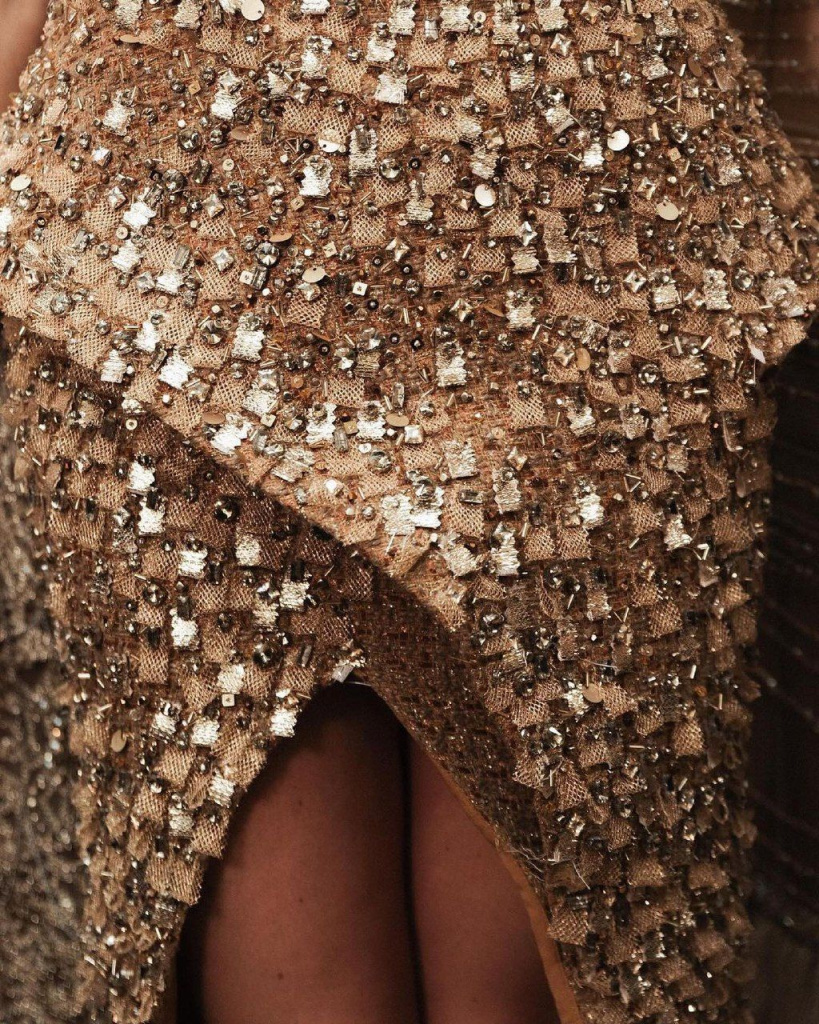
4. Interactive Virtual Showrooms
One of the standout features of Paris Fashion Air is its interactive virtual showrooms, which allow designers to present their collections in digital spaces that can be explored by attendees at their leisure. Unlike traditional runways, where shows are brief and fast-paced, these virtual showrooms give consumers the opportunity to engage with the collections in more detail. They can examine the texture of digital fabrics, watch models walk in slow motion, and even read information about the inspiration behind each design.
For brands, these showrooms provide an opportunity to tell a deeper story. With the ability to control every aspect of the virtual environment—from the lighting and background to the music and ambiance—designers can craft immersive experiences that enhance their collections and create a stronger connection with their audience. This level of interactivity is something that simply isn’t possible in the confines of a physical runway show.
Additionally, these showrooms are available long after the event concludes, allowing a wider audience to experience the collections at their own pace. This extended access means that fashion enthusiasts who might not have been able to attend traditional shows in person—due to geographical or logistical limitations—can now participate and experience the cutting-edge designs.
5. Virtual Influencers and Avatars
A fascinating trend that has emerged from Paris Fashion Air is the rise of virtual influencers and digital avatars. These digital characters, created using advanced CGI technology, are becoming major players in the fashion world. Many brands are now creating their own virtual influencers to model their collections in the virtual shows, and these digital personalities are gaining real-life followers and partnerships with fashion houses.
One such example is the virtual model Lil Miquela, who has already worked with major fashion brands and attended virtual fashion shows as a front-row guest. Her presence at Paris Fashion Air highlights the growing importance of digital avatars in fashion marketing and branding. These virtual influencers are not only a creative way to engage audiences but also offer a more sustainable alternative to traditional fashion campaigns, which often involve extensive travel and high production costs.
Virtual avatars are also becoming integral to how brands interact with consumers in digital environments like Paris Fashion Air. Visitors to the event can customize their own avatars, try on virtual outfits, and interact with other attendees in the virtual space. This level of engagement creates a sense of community and interactivity that goes beyond the passive experience of watching a fashion show—it allows users to become part of the event itself.
6. The Role of NFTs in Fashion
Non-fungible tokens (NFTs) have revolutionized the digital art world, and now they are making their mark on the fashion industry, with Paris Fashion Air being one of the first major events to fully integrate NFTs into its platform. Many designers are creating exclusive digital garments that can be purchased as NFTs, giving fashion enthusiasts the chance to own a unique piece of digital fashion.
NFTs offer a new way for designers to monetize their work in the digital space, providing a lucrative market for exclusive virtual clothing that can be worn by avatars in the metaverse or displayed as digital art. Some brands are even offering hybrid products—physical garments that come with a corresponding digital NFT version, allowing customers to wear the garment in both the real and virtual worlds.
The introduction of NFTs into fashion opens up a new avenue for collectors and fashion enthusiasts alike. Just as physical haute couture is prized for its rarity and craftsmanship, digital fashion NFTs are valued for their uniqueness and the technology behind their creation. Paris Fashion Air has embraced this trend, positioning itself at the intersection of fashion, art, and blockchain technology.
7. A New Business Model for Fashion Designers
For designers, Paris Fashion Air offers not only a new way to showcase their work but also a new business model. Traditional fashion weeks are often costly, requiring significant investment in physical production, venues, and marketing. However, by moving into the digital space, designers can drastically reduce their overhead costs while still reaching a global audience.
This digital-first approach is particularly beneficial for emerging designers who might not have the resources to participate in traditional fashion weeks. Paris Fashion Air provides a level playing field where designers of all levels can showcase their work to a wide audience without the prohibitive costs associated with physical runway shows.
Moreover, digital fashion allows for more flexible and sustainable production models. Instead of producing full collections in advance, designers can create digital prototypes and gauge consumer interest before committing to physical production. This "see now, buy now" model, coupled with real-time feedback from virtual try-ons, helps reduce waste and ensures that garments are only produced in the quantities demanded by consumers.
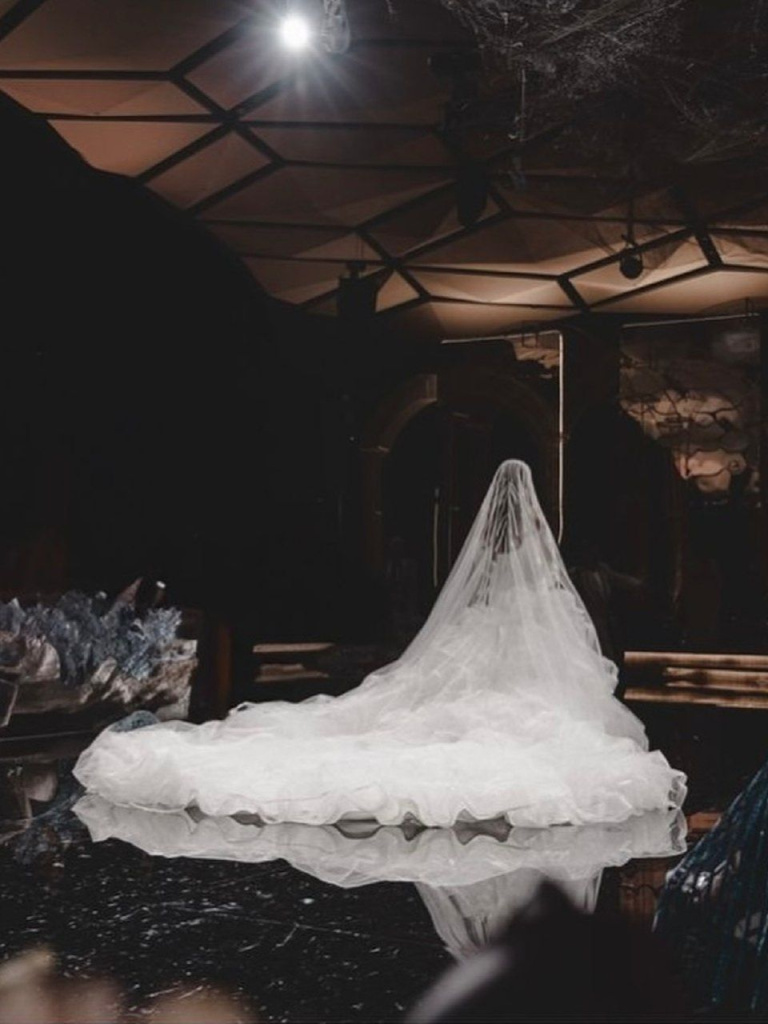
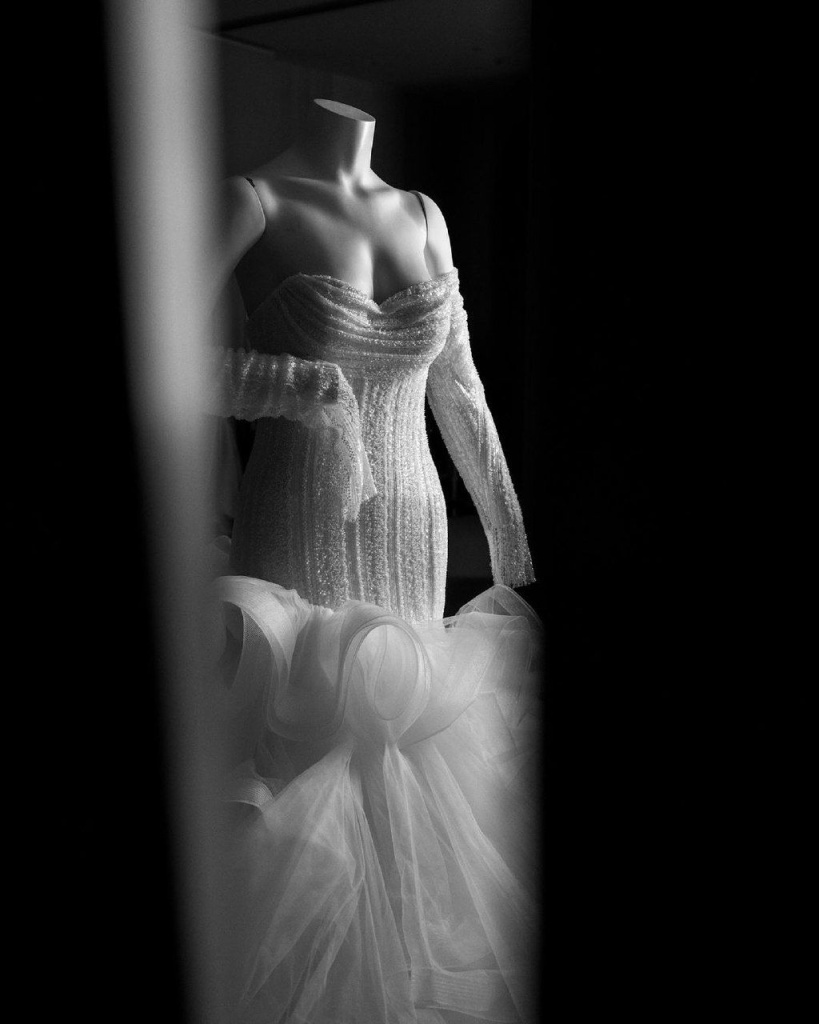
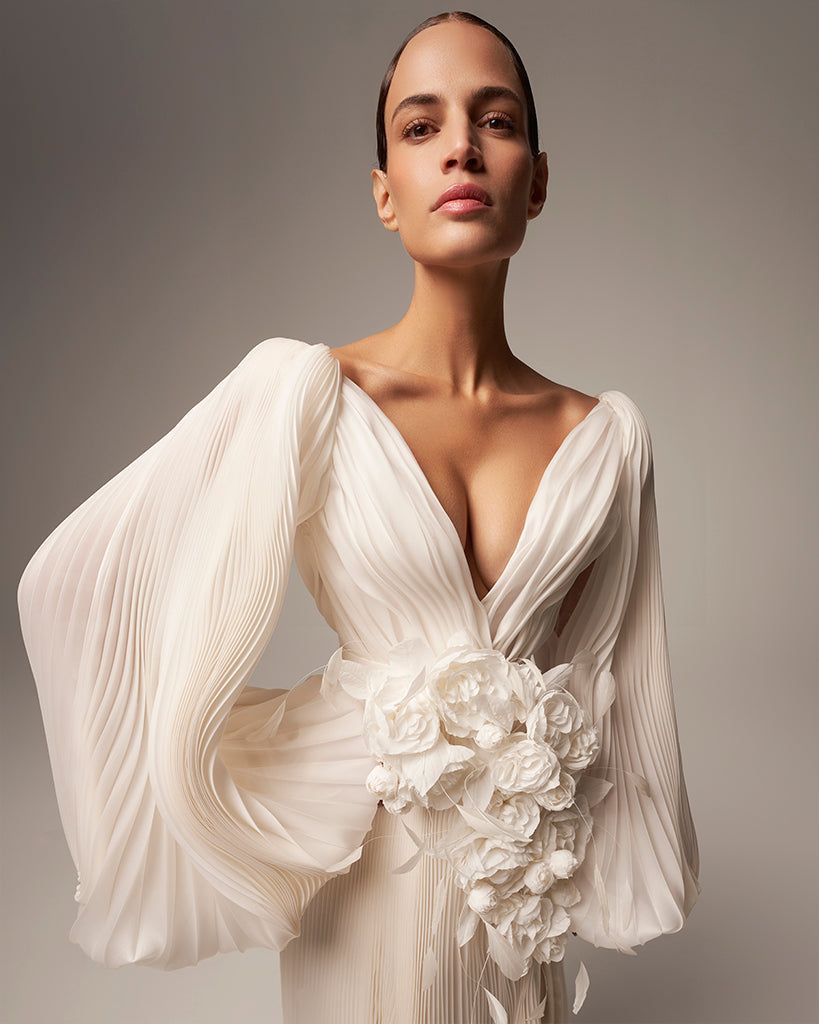
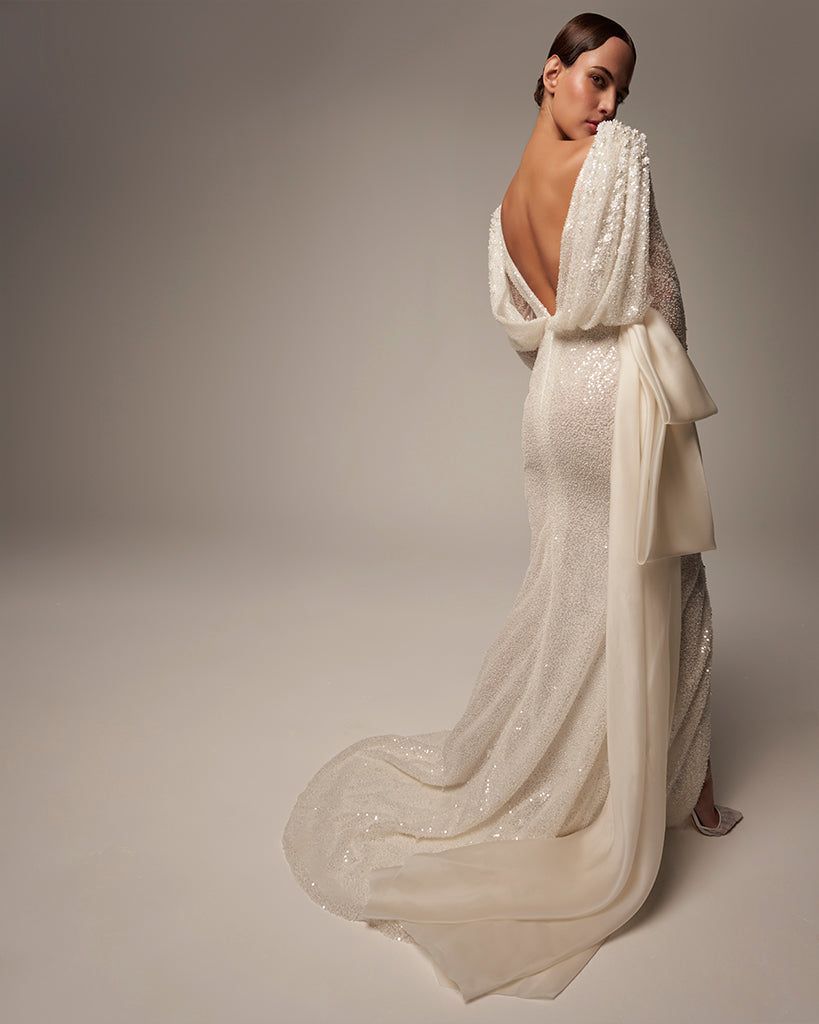
8. Paris Fashion Air and the Metaverse
With the rapid development of the metaverse, Paris Fashion Air is positioning itself as a key player in this emerging digital landscape. The metaverse—a collective virtual space that combines elements of virtual reality, augmented reality, and the internet—has the potential to transform the way fashion is consumed, and Paris Fashion Air is at the forefront of this transformation.
In the metaverse, fashion isn’t confined to the limitations of the physical world. Garments can be made from materials that don’t exist in reality, avatars can wear outfits that defy gravity, and the boundaries of creativity are virtually limitless. Paris Fashion Air has already begun exploring this potential by offering collections that are designed specifically for digital avatars in the metaverse.
As more people spend time in virtual environments—whether through gaming, social platforms, or work-related virtual spaces—the demand for digital fashion will only grow. Paris Fashion Air is pioneering this shift, providing a platform where digital designers can experiment with new concepts and create fashion that is not bound by the physical constraints of fabric, physics, or production methods.
9. Ethical Implications of Digital Fashion
While the benefits of digital fashion are clear—reduced waste, lower carbon footprints, and increased accessibility—it also raises important ethical questions. As more of the fashion industry movies online, it’s essential to consider the environmental and social implications of this shift.
While digital fashion eliminates the need for physical materials, it still relies on the technology infrastructure that powers the internet, including data centers, servers, and energy consumption. Blockchain technology, which is central to the rise of NFTs, has been criticized for its high energy use, raising questions about the true sustainability of digital fashion.
Moreover, as fashion increasingly becomes part of the metaverse, it’s important to consider issues of inclusivity and representation. The digital world must reflect the diversity of the real world, and Paris Fashion Air has made strides in promoting inclusivity by featuring diverse digital models and avatars. However, it’s crucial that this remains a priority as digital fashion evolves.
10. Looking Ahead: The Future of Fashion
As Paris Fashion Air continues to evolve, it’s clear that the future of fashion is digital. The blending of fashion, technology, and sustainability is not just a temporary trend—it’s a fundamental shift in how fashion is created, presented, and consumed. The success of Paris Fashion Air highlights the endless possibilities that come with moving fashion into virtual spaces, and as the technology continues to advance, we can expect even more groundbreaking innovations in the years to come.
Whether it’s through the development of new materials, the rise of virtual influencers, or the integration of NFTs and blockchain, Paris Fashion Air is leading the charge toward a more sustainable, inclusive, and innovative future for fashion. As the lines between the physical and digital worlds continue to blur, fashion will play a central role in shaping how we express ourselves in both realms.
In conclusion, Paris Fashion Air represents a bold new vision for the fashion industry. By embracing digital technologies, sustainability, and inclusivity, this event is paving the way for a future where fashion is more accessible, creative, and environmentally conscious. As the industry adapts to the challenges and opportunities of the digital age, Paris Fashion Air will remain a trailblazer, showing us what the future of fashion can be.
Paris Fashion Air is not just an event; it is a revolution in the way we think about fashion. By embracing cutting-edge technology and prioritizing sustainability and inclusivity, this event is leading the charge toward a more responsible and innovative future for the fashion industry. As the world becomes more interconnected and digital, Paris Fashion Air shows us that the possibilities for fashion are limitless—both in the real world and beyond.
Paris Fashion Air continues to break new ground by challenging the traditional boundaries of fashion and pushing the industry toward a more digital and sustainable future. This unique platform not only showcases the latest collections but also serves as a reflection of broader changes in society—highlighting the convergence of technology, fashion, and environmental responsibility.
As the event grows in influence, it raises important questions about the future of fashion: How will we interact with clothing in an increasingly virtual world? Can fashion remain relevant in a world where environmental sustainability is paramount? And, most importantly, what role will technology play in shaping the future of design?
